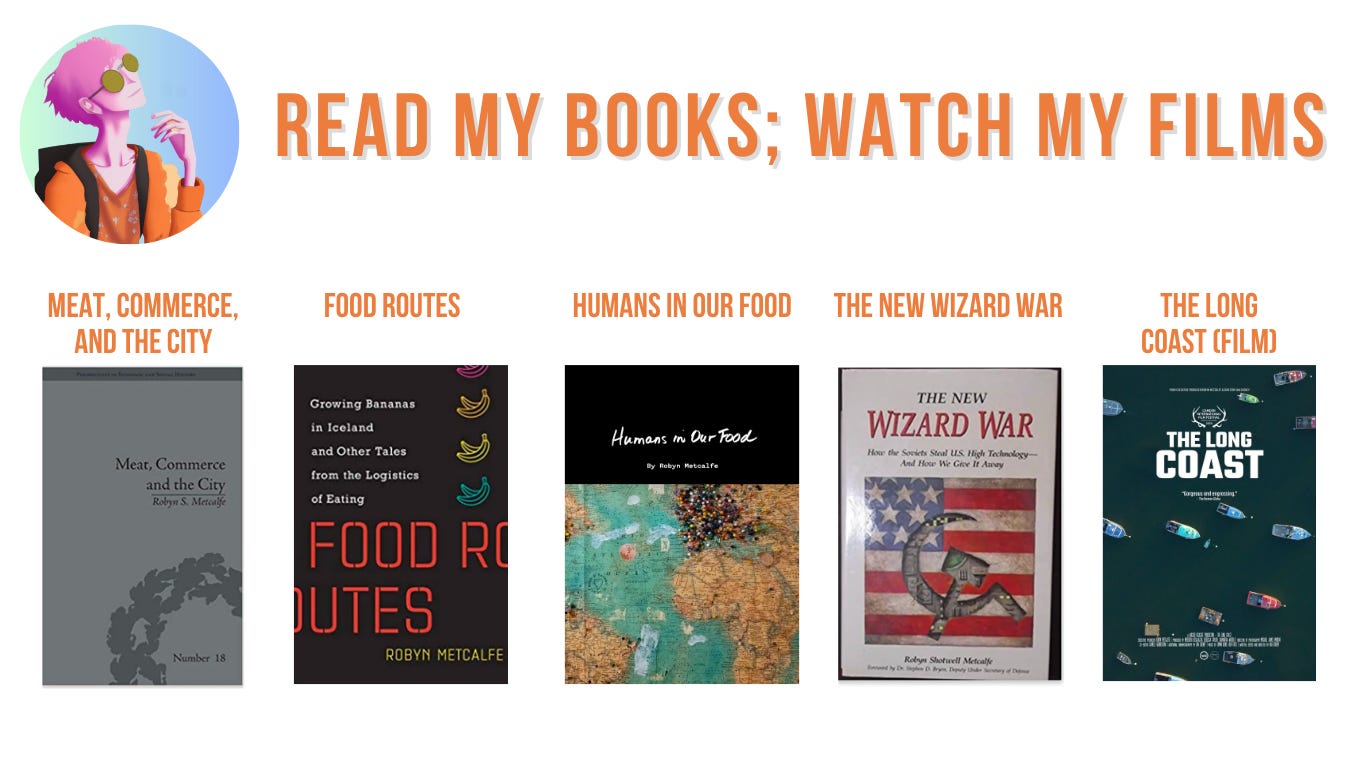Is Everything We Experience Real?
Shambling along the Strip in Las Vegas last year, I came across a small museum hidden within the garish storefronts. The museum itself seemed a mirage within a desert of garish galleries and predictable Gucci and Sephora stores. The Museum of Illusions, tucked between the Cosmopolitan and The Shops at Crystals, was perfectly positioned to surprise anyone searching for a Coach handbag or a Vegas T-shirt. The prodigious appearing of a museum in the mall added to the sense of illusionary, irrational view of reality. Or at least what we think is the real world.
Inside the small museum, I encountered exhibits that caused me to question how I see the world and how I understand science, particularly neuroscience and the laws of physics. This museum provided a refreshing look at what we think is real and what might just be in our mind, imagined…It raises the question that perhaps we can’t trust our rational mind.
(See The Extended Mind, by Annie Murphy Paul for more about how the mind operates outside our physical brain.)
I stood in front of mirrors, walked up slanted walls, saw one object in multiple perspectives while standing still, and appeared in a photo as if I was climbing a building when I was actually lying on the floor. I watched objects move upward, defying gravity, and other objects stand still while I saw them moving. What if it’s true that we can’t trust what our senses tell us about the world?
In each case (and there are many more in the museum), you think you can see what’s going on, but in most cases you just feel defeated, emotionally confused. Should I feel surprised, angry, frustrated, disoriented, bored, elated? The intention of the museum curators must have been to design exhibits that emotionally connect with their visitors. Isn’t that the intention of most artists and storytellers? Where does that put us in terms of science and our emotions? How are we meant to feel? In control? Out of control? Feels like an emotional rollercoaster, right? Even a little frightening. Where does reality begin and end?
(Check out The Science of Storytelling by Will Storr for one take on how we see and understand our world.)
On another level, how do museums such as this one tell their own stories? Some museums seem to be collections, such as an art museum, with rooms labeled by artistic genre or timeframes (North American Modern Art.) Do you wander through those rooms and see a story? Or do you marvel at the painting by Picasso as you might be fascinated by an object worn by your favorite rock star? Are these objects fetishes or relics of a moment in time? Or, can museums create their own stories by selecting and curating the objects they already have in their collection? This past weekend, I visited the Blanton Art Museum and viewed its exhibit “If The Sky Were Orange: Art in the Time of Climate Change. The images suggested a predetermined story, a guided conversation intended to tell a story that the museum designed and curated. On one side, museums can feel like passive experiences, displaying “important” objects; on the other side, a museum might have its own idea about what you should experience, what story they want to tell. I wonder which approach feels right or if both might have their place in our cultural future?
Have you ever felt a museum you visited had a story to tell?
Read More Newsletters on Storytelling:
I Paid Someone to drop me in the middle of the mountains for eight days with no phone or map
The Hidden Meaning of Lost Objects
Dinner with Soviet Defectors and FBI Agents
Catch up on some of my favorite and most-read newsletters:
My Husband tried to impress me by inventing Ethernet 50 years ago
The World Championships of Cheese
Are Islands Just Small Continents? (Part 1)
A Backstory is Often the Real Story (Part 2)
Read my books: Humans In Our Food / Food Routes / The New Wizard War / Meat, Commerce, and The City
Watch my film, The Long Coast: Stream on Amazon Prime or Apple TV









Getting ready to produce your own personal museum?